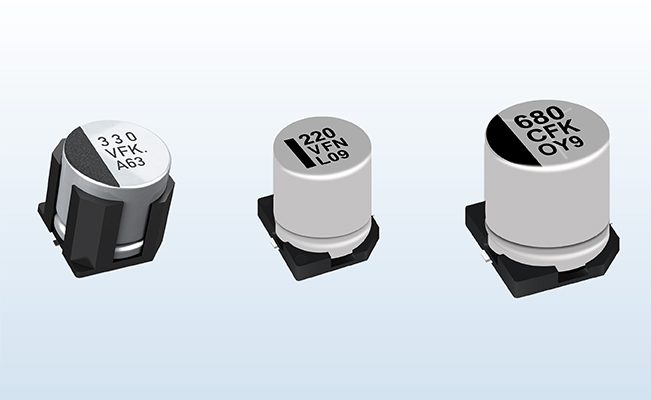
In the vast realm of electronic circuits, capacitors play a pivotal role in enabling the smooth flow of electrical energy. These versatile components store and release electrical charge, contributing to the stability, efficiency, and functionality of various electronic devices. In this article, we will delve into the inner workings of capacitors, their diverse applications, and the impact they have on circuit performance.
- Capacitor Basics:
A capacitor is an electronic component that consists of two conductive plates separated by an insulating material called a dielectric. When a voltage is applied across the plates, an electric field is established, causing the plates to store electrical charge. Capacitors are characterized by their capacitance, which represents their ability to store charge. This capacitance is measured in farads (F), although microfarads (μF) and picofarads (pF) are commonly used in practical applications. - Energy Storage and Release:
Capacitors act as energy reservoirs within circuits, storing electrical charge and releasing it when needed. When connected to a power source, such as a battery, capacitors charge up, accumulating energy. Once charged, they can discharge rapidly, delivering a burst of energy to the circuit. This ability to store and release energy makes capacitors essential in applications requiring power stabilization, such as in power supplies or audio amplifiers. - Filtering and Signal Processing:
Capacitors also find extensive use in filtering unwanted noise and smoothing out voltage fluctuations in electronic circuits. By strategically placing capacitors in parallel or series with other components, they can attenuate high-frequency noise and stabilize voltage levels. This filtering capability is particularly crucial in audio systems, where capacitors help remove unwanted hum or interference, resulting in clearer sound reproduction. - Timing and Oscillation:
In addition to energy storage and filtering, capacitors contribute to timing and oscillation functions in circuits. By combining capacitors with resistors and other components, they can create timing circuits, such as oscillators or timers. These circuits generate precise time intervals or produce repetitive waveforms, enabling the synchronization of various electronic processes. Capacitors’ ability to control timing and oscillation is vital in applications like clock circuits, microcontrollers, and radio frequency systems. - Power Factor Correction:
Capacitors play a significant role in power factor correction, a crucial aspect of efficient power usage. In alternating current (AC) circuits, the power factor represents the ratio of real power (used to perform work) to apparent power (total power supplied). By adding capacitors to the circuit, the power factor can be improved, reducing energy wastage and optimizing power transmission. This application is particularly relevant in industrial settings, where large motors and heavy machinery consume substantial amounts of power.
Conclusion:
From energy storage and release to filtering, timing, and power factor correction, capacitors demonstrate their indispensability in electronic circuits. Their ability to store and deliver energy, stabilize voltage levels, and control timing makes them vital components in a wide range of applications. By understanding the role of capacitors and harnessing their potential, engineers and designers can unlock new possibilities in electronic circuit design, leading to more efficient and reliable devices.

